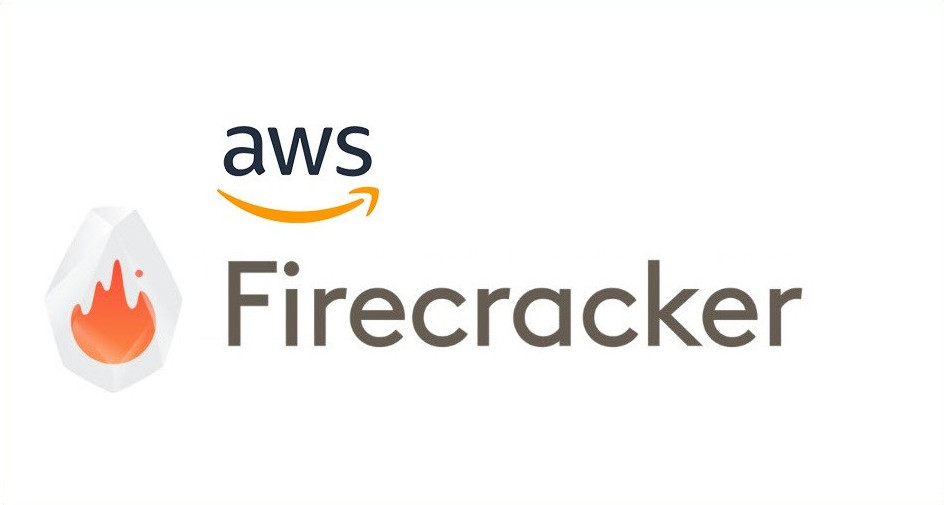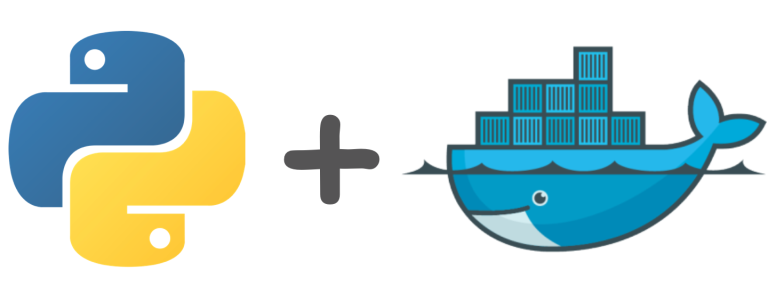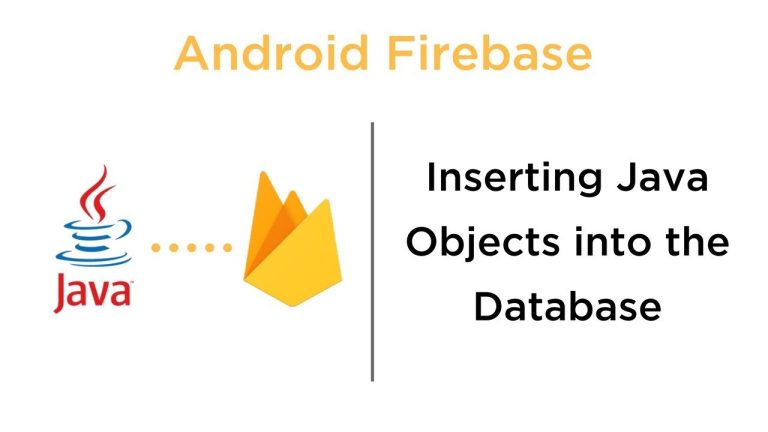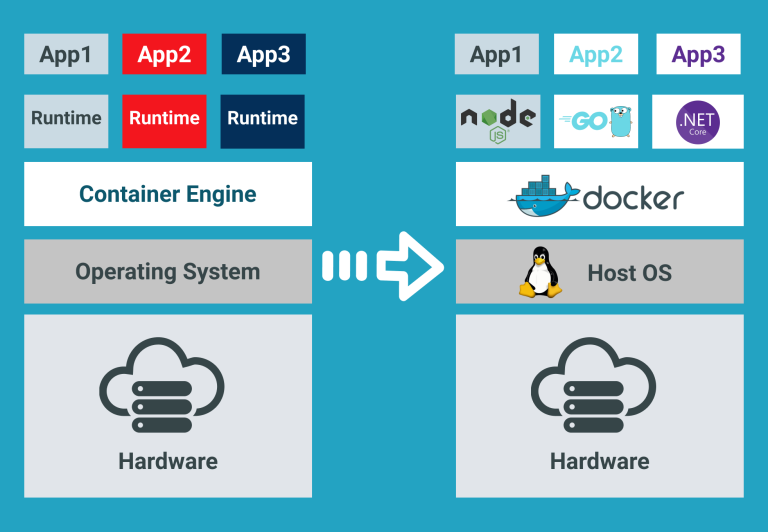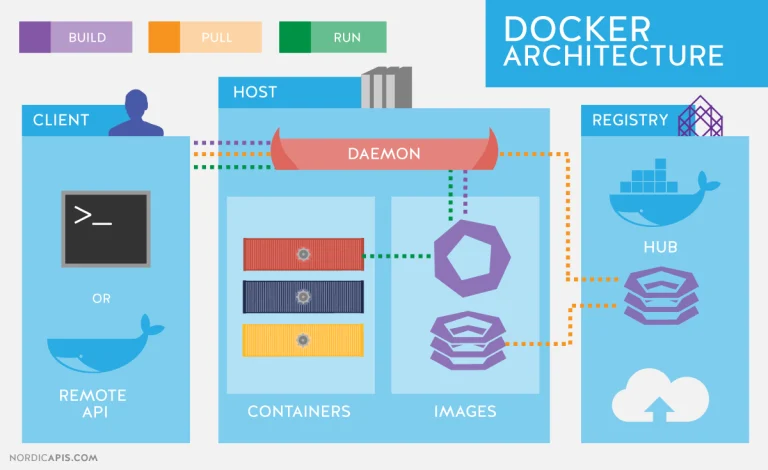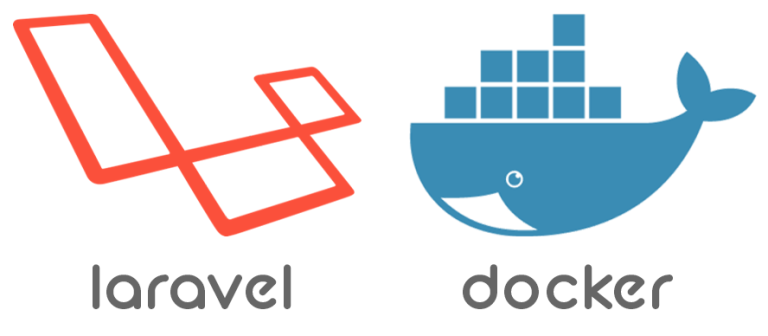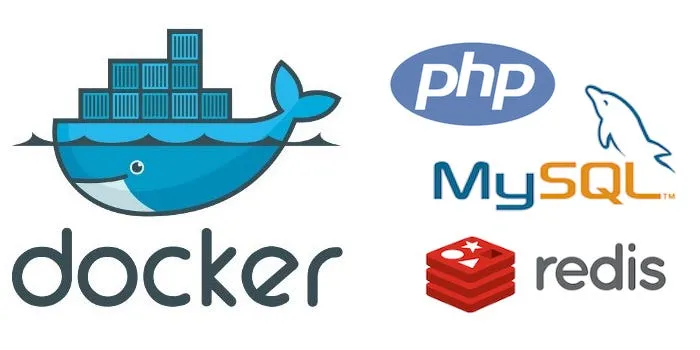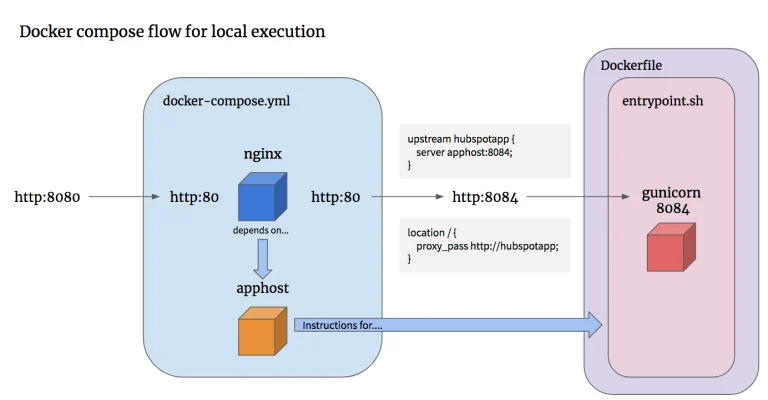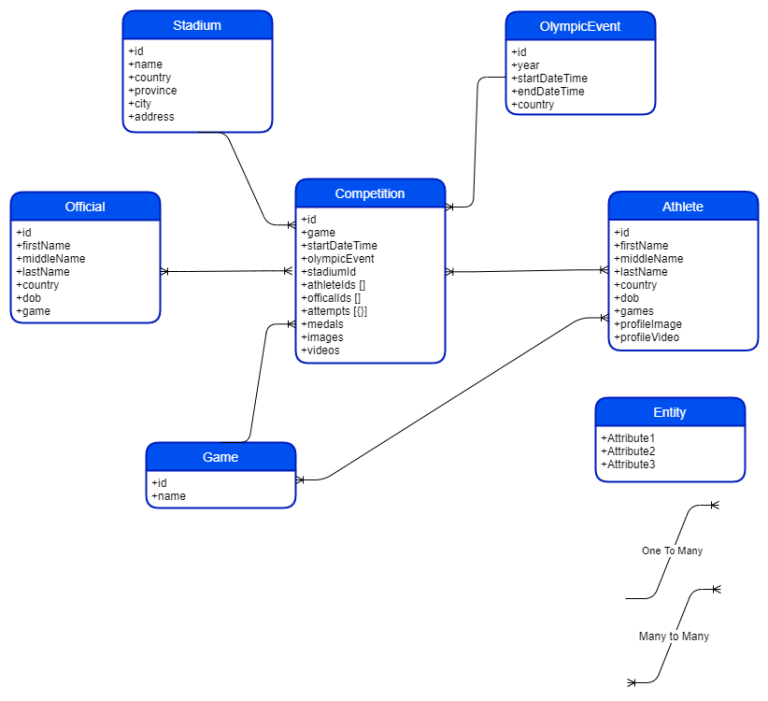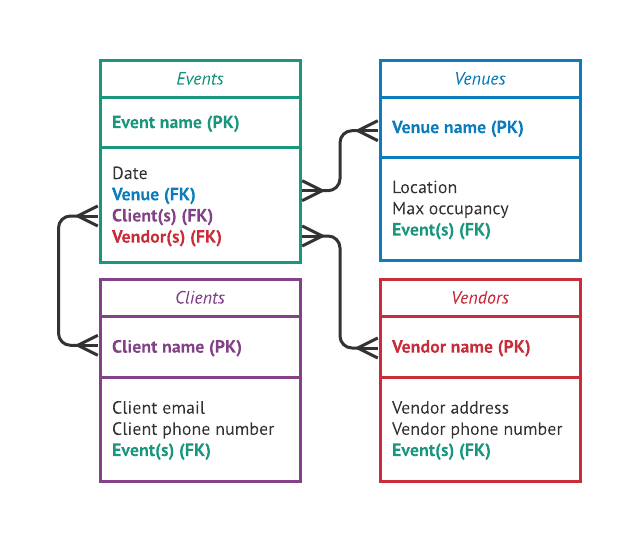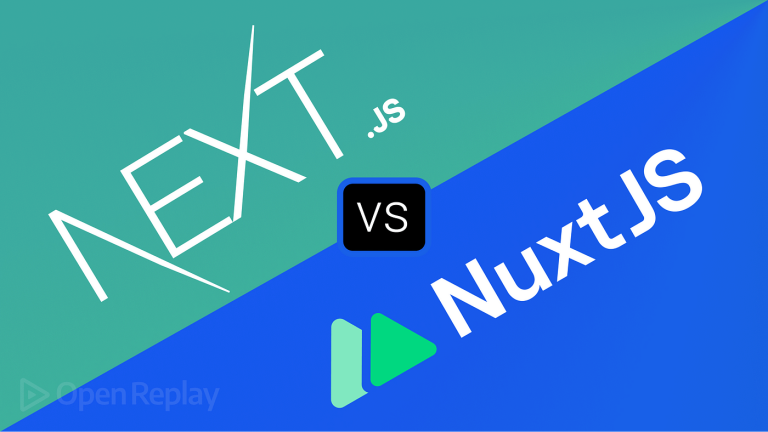Amazon Web Services (AWS) has introduced Firecracker as a lightweight, open-source virtualization technology designed for serverless computing and container workloads. Firecracker offers fast startup times, efficient resource utilization, and strong isolation, making it well-suited for scenarios where fast and secure execution of microservices or serverless functions is essential.
Understanding Firecracker
Firecracker is built to address the specific needs of serverless computing and containerized workloads. It leverages KVM (Kernel-based Virtual Machine) to create microVMs (micro virtual machines), which are lightweight, fast, and provide a high level of isolation. Each microVM runs a minimal, customized Linux kernel, allowing it to start in just a few milliseconds.
Key features of Firecracker include:
- Fast Startup: Firecracker VMs can start in a fraction of a second, making them ideal for scenarios where quick execution is crucial, such as serverless function invocations.
- Resource Efficiency: Firecracker is designed to be resource-efficient, enabling the deployment of a large number of microVMs on a single host. This efficiency is vital for optimizing costs in serverless environments.
- Strong Isolation: Each Firecracker microVM provides strong isolation, ensuring that workloads running in different microVMs are securely separated. This is particularly important for multi-tenant environments.
Use Case: Serverless Function Execution
Let’s explore a simple use case where Firecracker can be applied to execute serverless functions. In this example, we’ll create a basic AWS Lambda-like environment using Firecracker and demonstrate how to run a simple function.
Setting Up Firecracker Environment
- Install Firecracker:
curl -Lo firecracker https://github.com/firecracker-microvm/firecracker/releases/download/v0.24.3/firecracker-v0.24.3 chmod +x firecracker sudo mv firecracker /usr/local/bin/firecracker
- Create a Root File System:
mkdir rootfs echo "Hello, Firecracker!" > rootfs/hello.txt
- Prepare a Kernel Image:
curl -fsSL -o vmlinux.bin https://s3.amazonaws.com/spec.ccfc.min/img/hello/kernel/hello-vmlinux.bin
- Create Firecracker Configuration:
cat > config.json <<EOF
{
"boot-source": {
"kernel-image-path": "vmlinux.bin",
"boot-args": "console=ttyS0 reboot=k panic=1 pci=off"
},
"drives": [
{
"drive-id": "rootfs",
"path-on-host": "./rootfs",
"is-root-device": true,
"is-read-only": false
}
],
"network-interfaces": [
{
"iface-id": "eth0",
"host-dev-name": "tap0"
}
],
"machine-config": {
"vcpu-count": 1,
"mem-size-mib": 128
}
}
EOFRunning a Firecracker MicroVM
- Start Firecracker:
sudo firecracker --no-api --config-file config.json
- In a separate terminal, configure the network interface:
sudo ip tuntap add tap0 mode tap sudo ip addr add 192.168.100.1/24 dev tap0 sudo ip link set dev tap0 up
- Connect to the MicroVM:
nc -U /tmp/firecracker.socket
- Run Function inside the MicroVM:
./rootfs/hello.txt
Sample Lambda-like Function
Now, let’s create a simple Lambda-like function that runs inside our Firecracker microVM.
function.py:
def lambda_handler(event, context):
return {
'statusCode': 200,
'body': 'Hello from Lambda!'
}Conclusion
Firecracker from AWS provides a lightweight and efficient solution for running serverless functions and containerized workloads. Its fast startup times, resource efficiency, and strong isolation make it a compelling choice for scenarios where speed and security are critical. By following the example above, you can experiment with Firecracker and explore its potential for your serverless computing needs.

